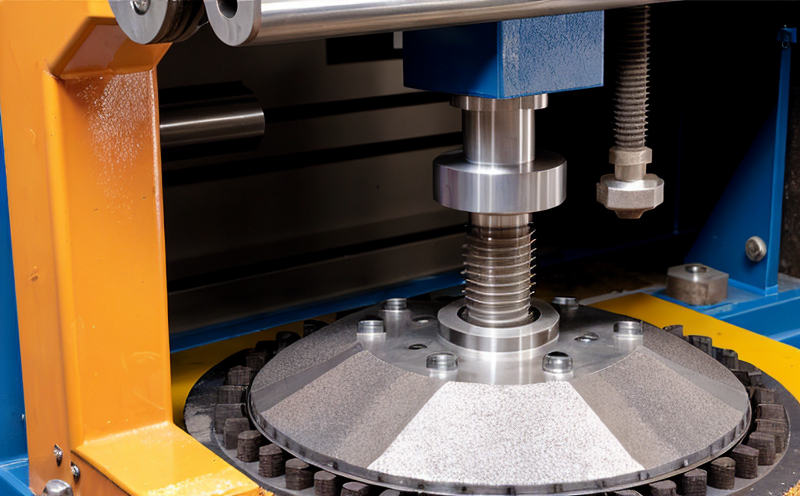ISO 13373-5 Vibration Fault Diagnosis
The ISO 13373 series provides a comprehensive framework for vibration analysis in various sectors. Specifically, ISO 13373-5 focuses on fault diagnosis using the frequency domain representation of vibrations.
This standard is crucial for ensuring that mechanical components and systems function reliably under expected operating conditions. By diagnosing faults early, engineers can implement corrective measures before failures occur, thereby enhancing safety and reducing operational downtime.
The process begins with specimen preparation, which involves isolating the component to be tested while maintaining its real-world operating parameters as closely as possible. This ensures that the test results accurately reflect actual performance conditions.
Once prepared, the specimen is subjected to a series of vibration tests using specialized equipment designed to capture detailed frequency domain data. This data is then analyzed according to ISO 13373-5 guidelines to identify potential faults or anomalies. The analysis involves comparing the collected data against established thresholds and reference values.
The results are presented in a clear, structured report that includes recommendations for corrective actions where necessary. These reports are invaluable tools for quality managers, compliance officers, R&D engineers, and procurement teams who rely on accurate, reliable testing to ensure product integrity.
Incorporating ISO 13373-5 into your testing protocol can significantly enhance the reliability of HVAC equipment, leading to improved system performance and extended operational life. By adhering to this standard, you demonstrate a commitment to excellence in quality assurance and compliance.
Why It Matters
The importance of ISO 13373-5 cannot be overstated, particularly for HVAC equipment manufacturers and operators. Reliable mechanical systems are essential for maintaining comfort and efficiency in commercial and residential settings.
- Enhanced Reliability: Early fault detection prevents costly breakdowns and unscheduled downtime.
- Improved Safety: Ensures that critical components operate within safe parameters, reducing the risk of accidents.
The ability to diagnose faults accurately not only extends the lifespan of equipment but also reduces maintenance costs. This is especially important for HVAC systems, which are complex assemblies requiring precise calibration and monitoring.
Eurolab Advantages
- Comprehensive Expertise: Eurolab's team of engineers has extensive experience in mechanical reliability testing, ensuring that your tests are conducted to the highest standards.
- State-of-the-Art Equipment: Our laboratory is equipped with advanced vibration analysis instruments capable of capturing detailed frequency domain data.
- ISO Compliance: All our processes and methodologies comply with ISO 13373-5, ensuring that your tests are conducted according to the latest international standards.
We pride ourselves on providing a seamless testing experience, from specimen preparation through report generation. Our clients benefit from detailed insights into their equipment's performance, enabling informed decision-making and proactive maintenance strategies.
Why Choose This Test
- Precision: ISO 13373-5 ensures that the tests are conducted with precision, providing reliable data for fault diagnosis.
- Comprehensive Analysis: The standard covers a wide range of potential faults, offering a holistic approach to vibration analysis.
Choosing ISO 13373-5 for your testing needs means leveraging best practices in mechanical reliability and vibration fault diagnosis. This ensures that you are adhering to the highest international standards while gaining invaluable insights into your HVAC equipment's performance.





